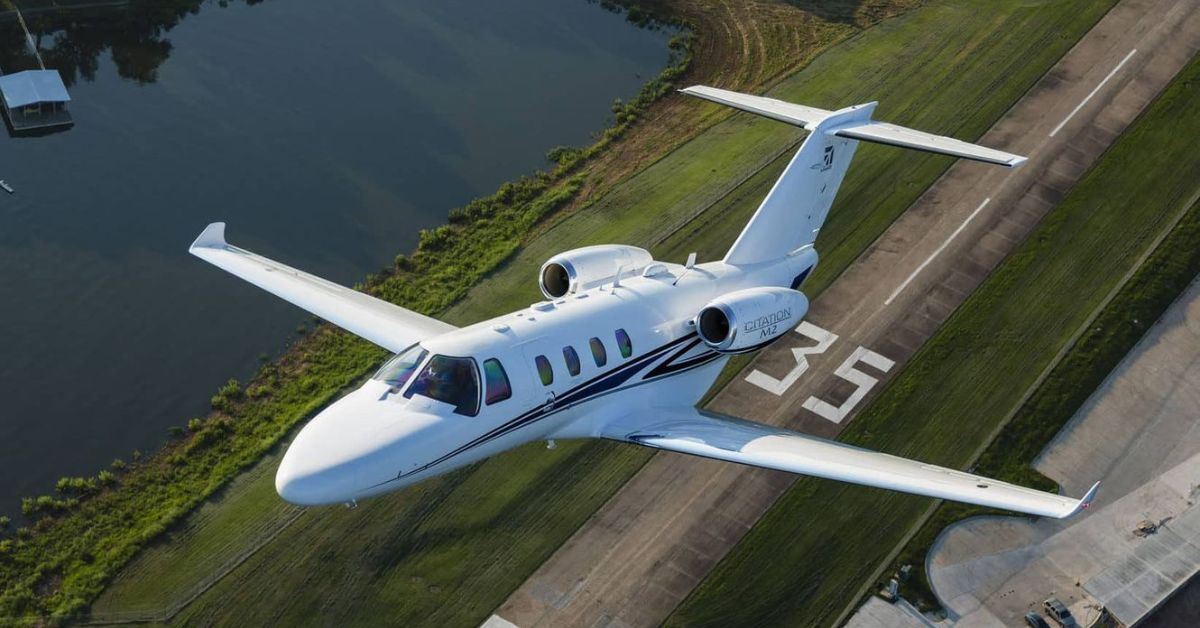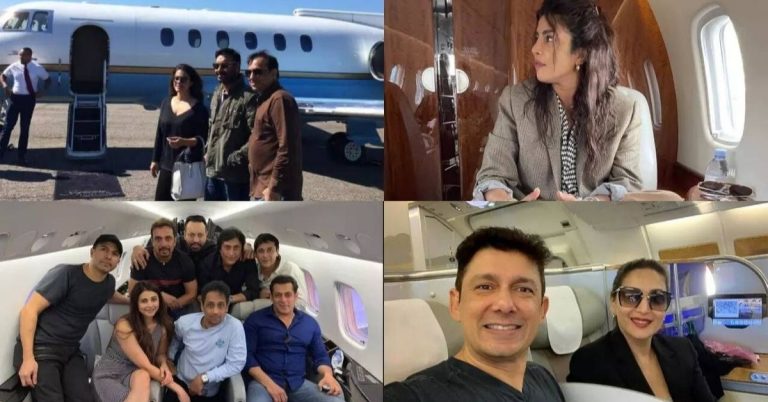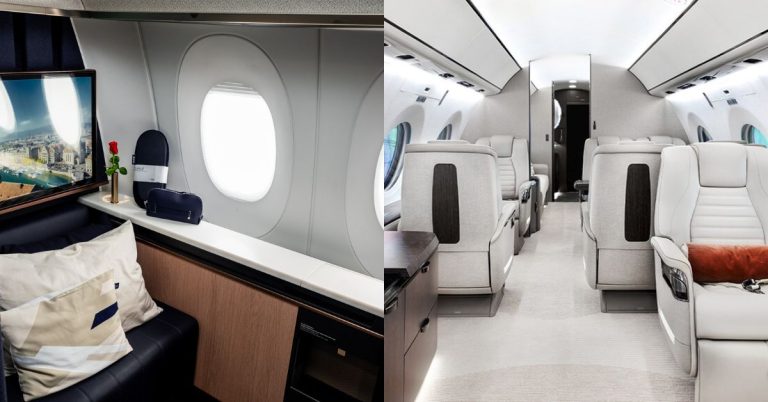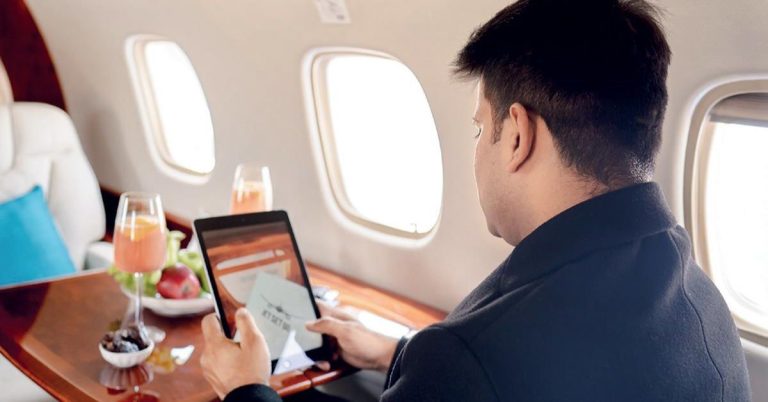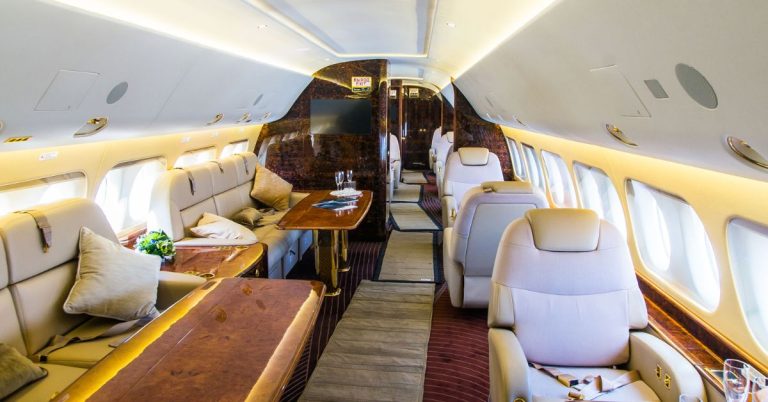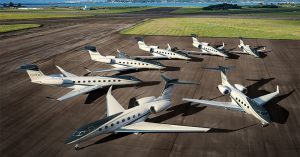India is witnessing a remarkable transformation in the way its elite and business leaders travel. As the country’s economy expands and its global connections deepen, the demand for the best private jets has never been higher. Private aviation in India has evolved beyond a luxury—it’s now an essential tool that empowers entrepreneurs, executives, and celebrities to navigate the country’s vast and varied landscape with unmatched speed, privacy, and efficiency.
In a nation where commercial airports are often crowded and ground travel can be unpredictable, the convenience of flying private offers a competitive edge. Whether it’s a board meeting in Mumbai, a film shoot in Goa, or a wellness retreat in the Himalayas, the best private jets deliver a seamless, stress-free journey tailored to the unique needs of Indian travelers.
In this article, I will take you through the world of the best private jets that serve India’s discerning clientele—jets that combine cutting-edge technology, luxurious comfort, and exceptional performance. From aircraft capable of nonstop international flights to versatile jets that connect tier-2 and tier-3 cities, you’ll discover how these marvels of engineering are redefining travel for India’s most demanding passengers.
Let’s explore how the best private jets are shaping the future of travel in India, offering freedom, flexibility, and sophistication at every altitude.
Best Private Jets in India — Detailed Profiles of Excellence
India’s dynamic business environment and growing travel demands call for private jets that deliver not only luxury but also exceptional performance and reliability. The best private jets in India combine advanced technology, spacious and customizable cabins, and the range to cover both domestic and international routes with ease. Let’s explore some of the top jets that have become favorites among India’s elite travelers.
1. Gulfstream G650ER: The Ultra-Long-Range Titan
The Gulfstream G650ER is often regarded as the gold standard among the best private jets for India’s global business leaders. Its ability to fly over 7,500 nautical miles nonstop means it effortlessly connects Indian metros like Mumbai or Delhi to major financial centers such as London, New York, and Dubai, without the hassle of refueling stops.
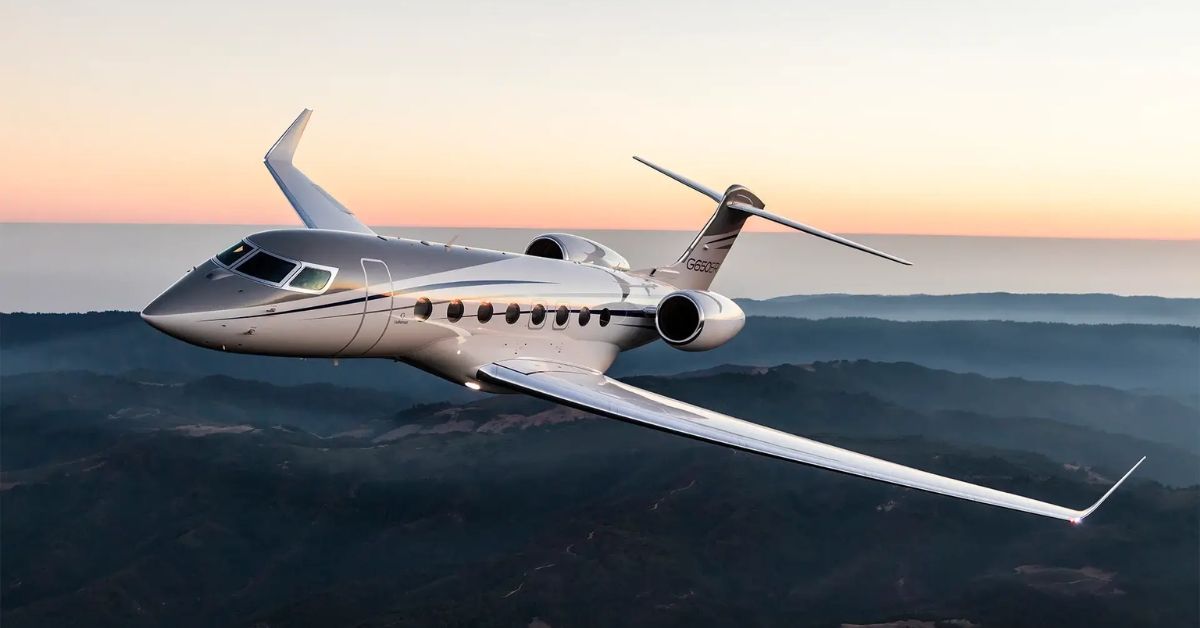
The G650ER’s cabin is a masterpiece of design and comfort. Spacious enough to accommodate up to 18 passengers, it features customizable zones for work, dining, and relaxation. The large panoramic windows fill the cabin with natural light, creating an inviting and airy environment that helps passengers arrive refreshed and ready.
Safety and technology are at the heart of the G650ER, with state-of-the-art avionics and enhanced vision systems that provide unparalleled situational awareness for pilots. For those interested in the impressive speeds private jets can achieve, especially models like the G650ER, here’s a helpful breakdown of how fast private jets fly.
2. Bombardier Global 7500: Redefining Business Travel
Another top contender among the best private jets in India is the Bombardier Global 7500. This aircraft offers an impressive range of 7,700 nautical miles, enabling nonstop flights from Indian cities to financial hubs like Singapore, Frankfurt, and Hong Kong.
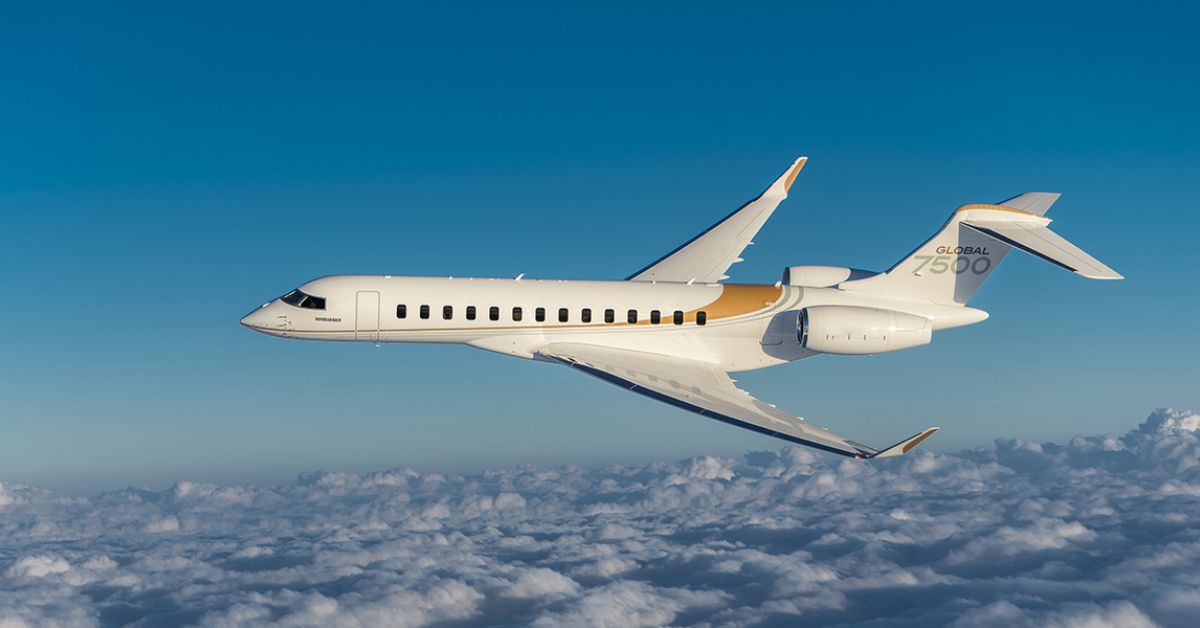
What sets the Global 7500 apart is its elegantly designed cabin that includes multiple zones: a full kitchen, private suite with a bed, and a dedicated crew rest area. This layout makes it possible to work, dine, and rest comfortably during long-haul flights—ideal for Indian business leaders who often combine travel with productivity.
Thanks to advanced engines and aerodynamic design, the Global 7500 balances performance with fuel efficiency, a crucial factor in India’s operating environment. It’s no surprise that many Indian companies rely on this jet to maintain global business momentum.
3. Dassault Falcon 8X: Versatility Meets Performance
For those looking for flexibility in accessing India’s diverse airports, the Dassault Falcon 8X shines as one of the best private jets tailored to regional needs. With a range of about 6,450 nautical miles and a unique tri-engine design, it can land on shorter runways, allowing travelers to reach tier-2 and tier-3 cities with ease.
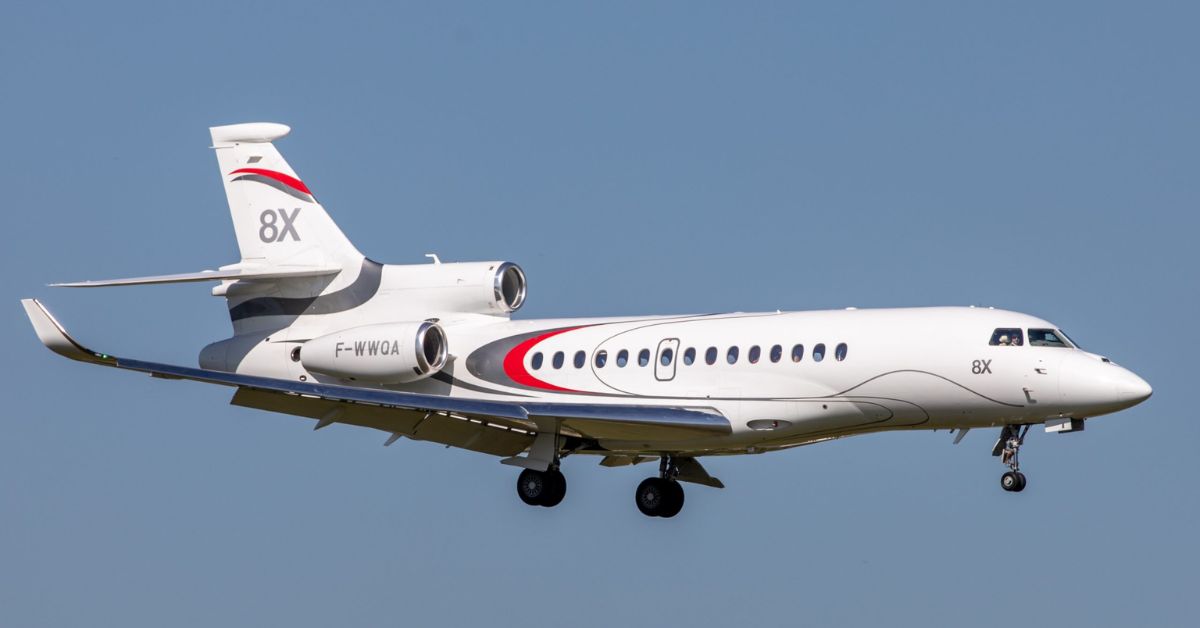
The Falcon 8X boasts a quiet, spacious cabin with customizable lighting and climate controls—perfect for Indian executives who want a peaceful environment to focus or relax. Its superior fuel efficiency and advanced avionics make it a reliable workhorse in India’s growing private jet market.
Whether it’s a flight from Delhi to Dubai or Mumbai to a smaller city like Jaipur, the Falcon 8X combines performance with accessibility, making it a practical choice for Indian travelers.
4. Embraer Praetor 600 & Cessna Citation Longitude: Midsize Marvels
For many Indian entrepreneurs and SMEs, the balance between cost, comfort, and range is key. The Embraer Praetor 600 and Cessna Citation Longitude are standout midsize jets that meet these needs without compromising on luxury.
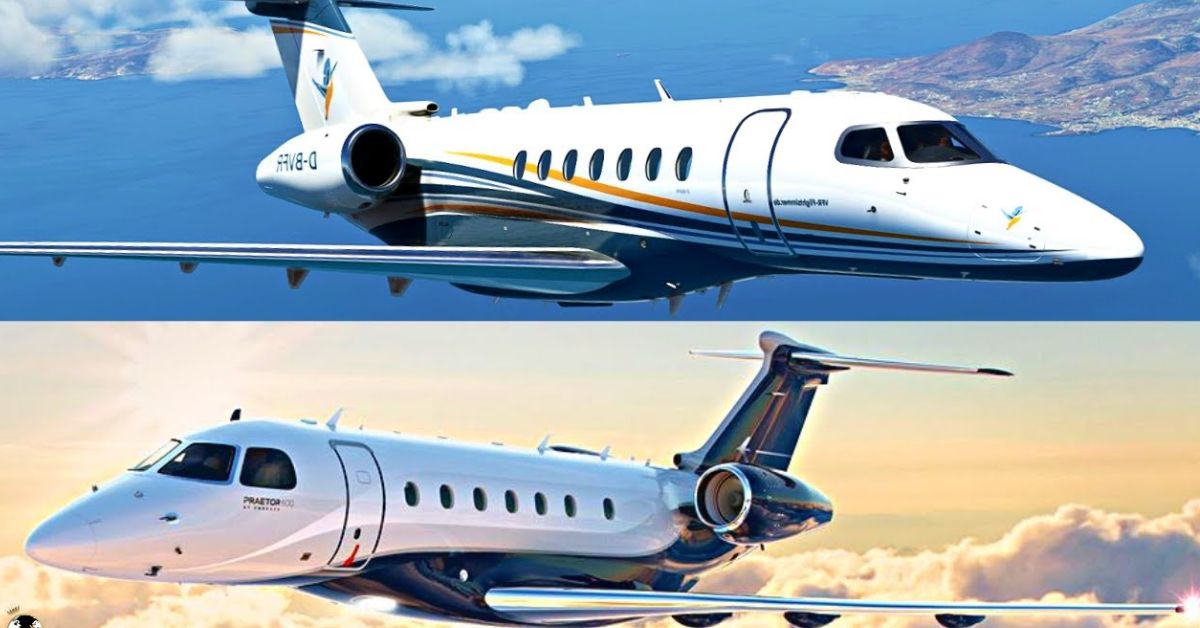
With ranges around 3,500 to 4,000 nautical miles, these jets easily cover domestic routes such as Mumbai to Bengaluru or Delhi to Hyderabad, as well as nearby international destinations like Kathmandu, Colombo, or Male. Their efficient engines and modern cabins provide a quiet and comfortable experience tailored for shorter trips.
As the demand for regional connectivity grows in India, these midsize jets are becoming increasingly popular. They offer an excellent entry point into private aviation without the operational complexities or costs associated with larger aircraft.
The best private jets in India offer more than just transportation—they are also a statement of prestige, much like the billionaire luxury private jets that redefine opulence in the sky —they are flying offices, meeting rooms, and sanctuaries above the clouds. Whether for long-haul international business or nimble regional travel, these aircraft redefine convenience and luxury for India’s most discerning travelers.
How to Choose the Right Private Jet in India — Expert Guidance
To understand what aircraft types fit your lifestyle or business needs, explore the different types of private jets commonly used in India and worldwide, operational requirements, and budget. India’s vast geography, diverse airports, and dynamic business environment require a thoughtful approach to ensure you get the perfect jet for your lifestyle or corporate demands.
- Understand Your Travel Patterns
Begin by analyzing where and how often you fly. Are your trips mostly domestic, connecting Mumbai, Delhi, Bengaluru, and other metros? Or do you regularly travel internationally to hubs like London, Dubai, or Singapore? For frequent long-haul international flights, ultra-long-range jets like the Gulfstream G650ER or Bombardier Global 7500 will serve you best. For regional routes or short international hops, midsize jets like the Embraer Praetor 600 or Dassault Falcon 8X offer efficiency and convenience.
- Consider Airport Access and Infrastructure
India’s growing network of airports offers increasing access to tier-2 and tier-3 cities, but not all jets can land at smaller or less-equipped airports. The Dassault Falcon 8X, for example, excels here with its tri-engine design and short runway capabilities, allowing you to fly closer to your final destination without long ground transfers. Be sure to consider where you frequently fly and select jets compatible with those airports.
- Balance Cabin Size with Passenger Needs
The cabin is your sanctuary at 40,000 feet. Think about how many people you typically travel with and the type of onboard amenities you need. Do you require a spacious conference area for meetings, or a quiet bedroom for rest? Are gourmet meals a priority, or is a comfortable workspace more important? The best private jets in India come with customizable interiors to suit every preference.
- Understand Total Ownership and Operating Costs
Owning a private jet involves more than the purchase price. Fuel costs, maintenance, crew salaries, hangar fees, and regulatory compliance all contribute to ongoing expenses. India’s jet fuel prices and airport fees vary widely, so it’s crucial to factor these into your budget. For many, chartering remains an attractive alternative to full ownership, providing access to the best jets without the long-term commitments.
- Engage Experienced Aviation Professionals
Navigating India’s private jet market can be complex. Trusted brokers, charter operators, and aviation consultants bring invaluable expertise. They understand the nuances of Indian regulations, aircraft maintenance schedules, and operational logistics, helping you select the right jet, negotiate the best deals, and manage your aviation needs seamlessly.
The Future of Private Jets in India — Innovation, Sustainability, and Growth
India’s private aviation sector is on the cusp of a remarkable transformation. As the country’s economy grows and its global business ties strengthen, the demand for the best private jets is expected to soar. But the future isn’t just about more jets—it’s about smarter, greener, and more connected flying experiences tailored to Indian travelers’ evolving needs.
1. Sustainability Takes Flight
Environmental concerns are becoming increasingly important for private aviation worldwide, and India is no exception. The industry is actively embracing sustainable aviation fuels (SAF) that significantly reduce carbon emissions without compromising performance. Many manufacturers of the best private jets are also investing in more fuel-efficient engines and lightweight composite materials to minimize environmental impact.

For India, where air quality and sustainability are growing priorities, these advances will play a key role in shaping private aviation’s future—helping travelers fly responsibly while maintaining luxury and convenience.
2. Technological Innovations Enhancing Connectivity and Safety
The digital age has transformed how business gets done, and private jets are evolving to keep pace. The best private jets flying India’s skies are equipped with high-speed internet, satellite communications, and advanced avionics systems that ensure safer, smoother flights.
For Indian executives constantly connected to global markets, this means the office is truly wherever you are—in the air or on the ground. Flight decks now feature enhanced vision systems and automated controls that improve safety during challenging weather and complex approaches, vital for India’s diverse and often unpredictable flying conditions.
3. Infrastructure and Market Growth
India’s government is investing heavily in airport infrastructure, expanding regional connectivity, and easing regulations for private aviation. The rise of private terminals and maintenance hubs means operators can serve more cities with greater efficiency.
These developments make it easier for the best private jets to access tier-2 and tier-3 cities, unlocking new business opportunities and leisure destinations. As regional airports improve, private aviation will continue to reduce travel times and enhance convenience for India’s business community.
The future of private jets in India promises a blend of luxury, responsibility, and innovation—ensuring that the best private jets remain not just a symbol of prestige, but a vital part of how India’s leaders and entrepreneurs stay connected and ahead.
The Economics of Owning and Operating the Best Private Jets in India
1. Understanding the Investment
Owning one of the best private jets in India is more than just a symbol of luxury—it’s a serious investment that comes with important financial considerations. The costs involved can vary widely, especially given India’s unique market conditions like fuel prices, taxes, and airport fees.
2. Fuel Costs: A Major Expense
One of the biggest expenses is jet fuel. In India, jet fuel tends to be more expensive than in many other countries because of taxes and import duties. Fuel can make up to 40% of the total operating cost. This means choosing a fuel-efficient jet can save a significant amount of money over time. That’s why midsize jets like the Embraer Praetor 600 and Dassault Falcon 8X are so popular—they offer great performance without guzzling fuel.

3. Fixed Operating Costs
Besides fuel, you also need to factor in fixed costs such as crew salaries, routine maintenance, hangar space, and insurance. These costs don’t change much whether you fly a lot or a little, so it’s important to use your jet efficiently.
4. Flexible Ownership Options
Many Indian business owners find that fractional ownership or jet cards are smart alternatives to buying a jet outright. These options give you access to the best private jets without the big upfront costs and long-term responsibilities.
5. Cost Savings with Midsize Jets
For example, owning a midsize jet like the Cessna Citation Longitude can reduce your operating costs by as much as 30% compared to bigger jets. This makes these jets especially appealing for companies focusing on domestic or nearby international routes.
6. Partnering with Experts
In the end, understanding these costs and working with aviation experts who know the Indian market can help you get the best value and make your private jet ownership or charter experience smooth and cost-effective.
The Private Jet Travel Experience — What Indian Travelers Value Most
Traveling on one of the best private jets offers much more than speed and convenience. For Indian travelers, especially those in business or public life, the journey itself is an experience—one that blends privacy, personalized service, cultural sensitivity, and seamless efficiency. Understanding what Indian travelers prioritize onboard and on the ground is key to appreciating why private jets have become the preferred mode of travel for India’s elite.
1. Privacy and Security
For many Indian travelers, especially celebrities and business leaders, privacy and security are paramount. The best private jets offer a discreet travel environment, shielding passengers from crowded airports and public attention. Private terminals and exclusive lounges further enhance this experience, allowing travelers to move smoothly and safely from arrival to takeoff.

2. Customized Onboard Services
Indian travelers appreciate personalized touches that reflect their culture and preferences. From authentic Indian cuisine prepared by skilled chefs to multilingual cabin crews who understand local customs, the best private jets cater to a diverse and discerning clientele. Celebrations of festivals, family events, or special occasions onboard add a unique and memorable dimension to private jet travel.
3. Seamless Ground Handling
Navigating busy airports like Mumbai’s Chhatrapati Shivaji or Delhi’s IGI can be time-consuming and stressful. The best private jets offer seamless ground handling services, including dedicated parking, expedited security, and VIP customs clearance. This efficiency saves valuable time and ensures a smooth, comfortable journey from doorstep to destination.
4. Comfort and Connectivity
Beyond luxury interiors and spacious cabins, Indian business travelers demand reliable connectivity to stay productive while airborne. High-speed internet, satellite communications, and state-of-the-art entertainment systems are standard on the best jets, enabling passengers to work, connect with family, or relax without interruption.
5. Expert Insight
An experienced Indian private aviation operator notes, “Our clients value not only the speed and convenience of private jets but also the personalized experience that respects their lifestyle and cultural nuances. It’s about creating a flying environment that feels like a second home.”
Regulatory Landscape and Safety Standards in Indian Private Aviation
Beyond luxury travel, private aviation also plays a vital role in emergency services—learn more about the best air ambulance services in India and how they provide critical support across the country, designed to ensure passenger safety, operational excellence, and adherence to international standards. For travelers seeking the best private jets, understanding these regulations and safety measures provides peace of mind that their journeys meet the highest benchmarks of security and professionalism.
1. India’s Regulatory Authority: DGCA
The Directorate General of Civil Aviation (DGCA) is the primary regulatory body overseeing all civil aviation activities in India, including private jets. The DGCA sets strict guidelines covering aircraft certification, pilot licensing, maintenance protocols, and operational procedures. These regulations align closely with global standards set by bodies like the International Civil Aviation Organization (ICAO), ensuring Indian private aviation is world-class.

2. Safety Standards of the Best Private Jets
The best private jets operating in India comply with rigorous safety standards both from manufacturers and local aviation authorities. These jets feature advanced avionics, redundant systems, and safety enhancements such as enhanced vision systems for low-visibility conditions—critical given India’s diverse weather and terrain.
Regular maintenance and inspections are mandatory under DGCA regulations, and reputable operators maintain strict compliance schedules. This focus on safety is a key reason why private jet travel often exceeds commercial airline safety records.
3. Evolving Air Traffic Management
India’s airspace is one of the busiest in the world, and recent investments in air traffic management technology are improving efficiency and safety for private flights. Modern radar systems, satellite-based navigation, and improved communication protocols reduce delays and enhance flight path accuracy.
4. Choosing Trusted Operators
For Indian travelers, selecting operators with a strong safety culture, experienced crews, and well-maintained fleets is paramount. Many of the top private jet companies in India are certified by international safety programs like ARGUS or Wyvern, which audit operators against stringent criteria.
Understanding India’s regulatory and safety landscape empowers private jet users to make informed choices, ensuring every flight on the best private jets is as safe as it is luxurious.
Debunking Common Myths About Private Jets in India
Despite the growing popularity of private jets in India, misconceptions still linger about who can access this mode of travel, its safety, and its environmental impact. Let’s clear up some of the most common myths surrounding the best private jets to help you make well-informed decisions.
Myth 1: Private Jets Are Only for the Ultra-Rich
While it’s true that private jet ownership requires significant investment, today’s market offers a variety of flexible options. Charter services, fractional ownership, and jet card programs make flying on the best private jets more accessible to entrepreneurs, small and medium businesses, and frequent travelers without the burden of full ownership costs.
Myth 2: Private Jets Aren’t Safe
In reality, private aviation often boasts safety records that surpass commercial airlines. The best private jets undergo rigorous maintenance, operate under strict regulatory oversight, and are flown by highly experienced pilots. Enhanced safety features and smaller passenger loads also contribute to a safer environment.
Myth 3: Private Jets Are Bad for the Environment
The private aviation industry is proactively addressing environmental concerns. Many of the best private jets are equipped with more fuel-efficient engines and use sustainable aviation fuels (SAF) that significantly reduce carbon footprints. India’s private aviation sector is increasingly adopting green technologies to balance luxury with responsibility.
By understanding the facts behind these myths, Indian travelers can appreciate the true value, safety, and sustainability of flying on the best private jets.
Conclusion
The rise of the best private jets in India marks a new era in how the country’s business leaders, celebrities, and discerning travelers move around. More than symbols of luxury, these aircraft offer unparalleled freedom, efficiency, and personalized service—turning what once was a necessity into a refined, productive, and enjoyable experience.
From the ultra-long-range Gulfstream G650ER to the versatile Dassault Falcon 8X, each jet on this list reflects the diverse needs of India’s growing private aviation market. By understanding your travel patterns, priorities, and budget, you can choose the jet that best complements your lifestyle and ambitions.
With ongoing innovations in technology and sustainability, plus improving infrastructure and regulatory support, the future of private jet travel in India looks brighter than ever. Whether for crossing continents or connecting smaller cities, the best private jets are truly transforming the way India flies.
If you’re considering private aviation for your next journey or business venture, now is the time to explore the possibilities and experience firsthand the freedom and excellence these jets provide.
Which private jet would you choose for your next trip? Share your thoughts below!





